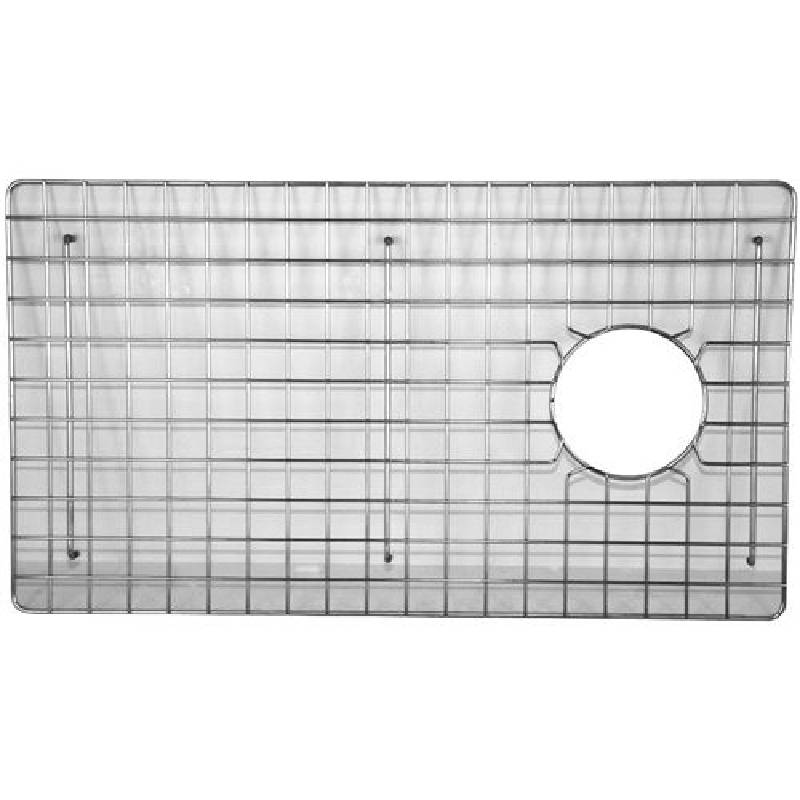
- Mobile Phone
- +8613931874955
- sales@cntcmetal.com
Understanding the Importance of Brick Veneer Anchors in Construction Stability
Understanding Brick Veneer Anchors Essential Components for Durable Construction
Brick veneer construction has gained popularity for its aesthetic appeal and durability. One of the critical components in ensuring the structural integrity of any brick veneer system is the use of brick veneer anchors. These anchors serve as essential connectors between the brick veneer and the structural wall behind it, providing stability and support to the overall structure. This article will explore the importance of brick veneer anchors, their types, installation methods, and maintenance considerations.
Importance of Brick Veneer Anchors
Brick veneer, while visually attractive, is not a structural element by itself. Instead, it relies on the backing wall (usually framed with wood or metal) for structural support. Brick veneer anchors play a crucial role in this system by securing the veneer to the structural frame and allowing it to withstand various stresses, including wind loads and seismic activity. Without proper anchorage, the veneer can detach, leading to significant safety hazards and costly repairs.
Types of Brick Veneer Anchors
There are several types of brick veneer anchors, each designed to cater to specific construction needs. The most common types include
1. Wall ties These are horizontal connectors that hold the brick veneer in place against the structural wall. They are made from corrosion-resistant materials such as stainless steel or galvanized steel to ensure longevity. Wall ties are typically installed at specified intervals to evenly distribute loads.
2. Brick ties A subtype of wall ties, these are designed to bridge the space between the brick veneer and the backing wall. Brick ties provide a secure connection while allowing for thermal expansion and contraction of building materials.
3. Anchor bolts These are used to connect the masonry to concrete or masonry walls. They offer robust support and are typically employed in areas where enhanced stability is required, such as tall structures.
4. Strap anchors These L-shaped devices hold the bottom edge of the brick veneer to the structural wall. They provide additional support and help prevent lateral movement caused by wind or seismic forces.
brick veneer anchors

Installation of Brick Veneer Anchors
The correct installation of brick veneer anchors is vital for their effectiveness. Typically, the installation process involves the following steps
1. Planning and positioning Before installation, a detailed plan is created to determine the appropriate spacing and type of anchors based on structural requirements.
2. Preparing the surface The structural wall must be prepared to ensure the anchors can be properly attached. This may involve cleaning the surface and ensuring it is free of debris.
3. Securing the anchors Anchors are placed at pre-determined intervals, secured either by drilling directly into the mortar joints of the brick or the backing material. It’s crucial that these anchors be positioned correctly to distribute the load evenly.
4. Final adjustments After the anchors are installed, adjustments may be necessary to ensure that the brick veneer sits correctly against the wall with uniform gaps for mortar.
Maintenance Considerations
Regular maintenance of brick veneer anchors is essential to ensure their longevity and effectiveness. Inspecting the anchors periodically for signs of corrosion or damage is essential, especially in regions with harsh weather conditions. Additionally, it's important to monitor the condition of the brick veneer itself, as cracks or detachment can indicate underlying issues with the anchoring system.
Conclusion
In conclusion, brick veneer anchors are indispensable for constructing safe, durable, and aesthetically pleasing buildings. Understanding their types, proper installation techniques, and maintenance requirements is crucial for architects, builders, and homeowners alike. Investing in quality anchors and their correct installation not only enhances the longevity of brick veneer but also ensures the safety and stability of the entire structure. As with all construction components, careful planning and execution can lead to successful brick veneer projects that stand the test of time.
share:
-
Yard Sign Stakes: Reliable Guardians of Outdoor SignsNewsAug.04,2025
-
Wall Ties: Invisible Guardians of Building StabilityNewsAug.04,2025
-
Resilient Web: The Super Guardian Power of Concrete MeshNewsAug.04,2025
-
Masonry Accessories: A versatile assistant on building foundationsNewsAug.04,2025
-
Iron Binding Wire: the 'invisible reinforcement specialist' in the fields of architecture and industryNewsAug.04,2025
-
Dynamic Spring: The diverse functions and excellent performance of Wire Tension SpringNewsAug.04,2025
-
Your Source for Concrete Wall Ties and Masonry AccessoriesNewsJul.10,2025



















